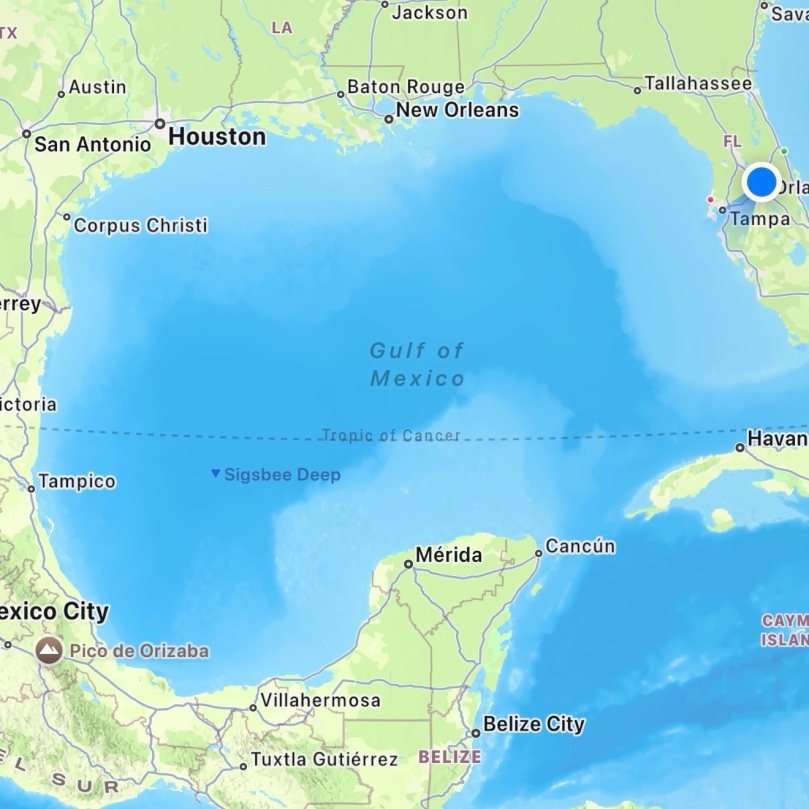
Apple’s map app, iPhone 16 Pro Max, iOS 18.3.1. The Gulf of Mexico is still the Gulf of Mexico as of early this afternoon. But not for much longer.
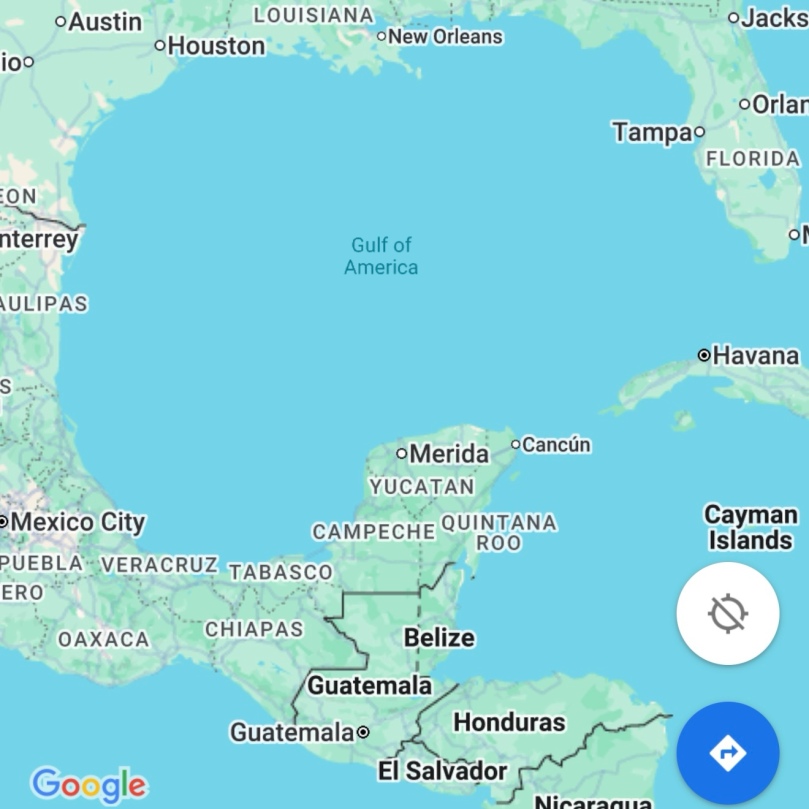
Google’s web map, via Vivaldi, iPhone 16 Pro Max, iOS 18.3.1. The Gulf of Mexico is now the Gulf of America. So what happens when I use Proto VPN to go outside the US, to some other country? Let’s go to Australia and try this again.
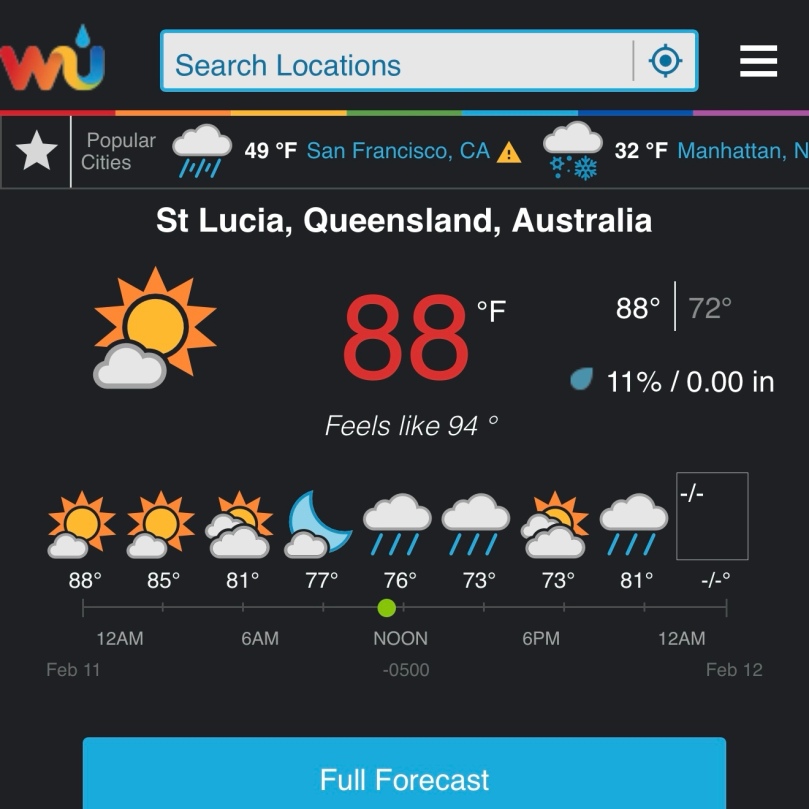
My VPN connection is up, and the access point is St. Lucie, Queensland, Australia, as shown by this simple test using Weather Underground. Now let’s try Google’s web map again.
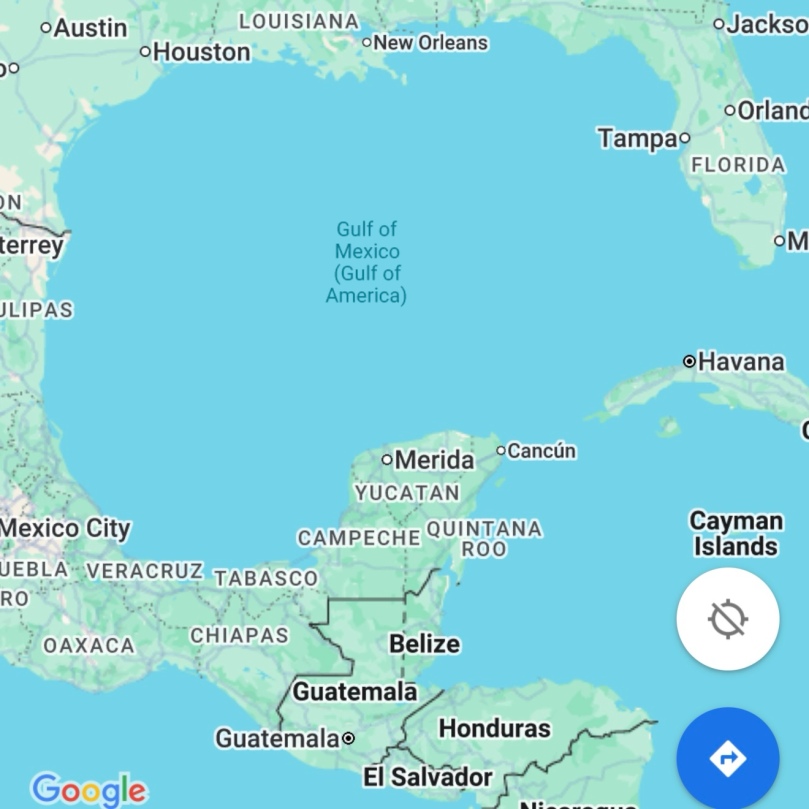
We see the original Gulf of Mexico, with Gulf of America in parenthesis. That means we really can’t get around this stupidity, can we? What about the Apple map app? That’s interesting. First of all as I was writing this post it appears that my Apple map app cache reloaded, so that it started to show Gulf of America. Even if I tried to view it again through VPN, it still showed it. And then I accidentally zoomed out somewhat on the Apple map, and this is what I saw next.
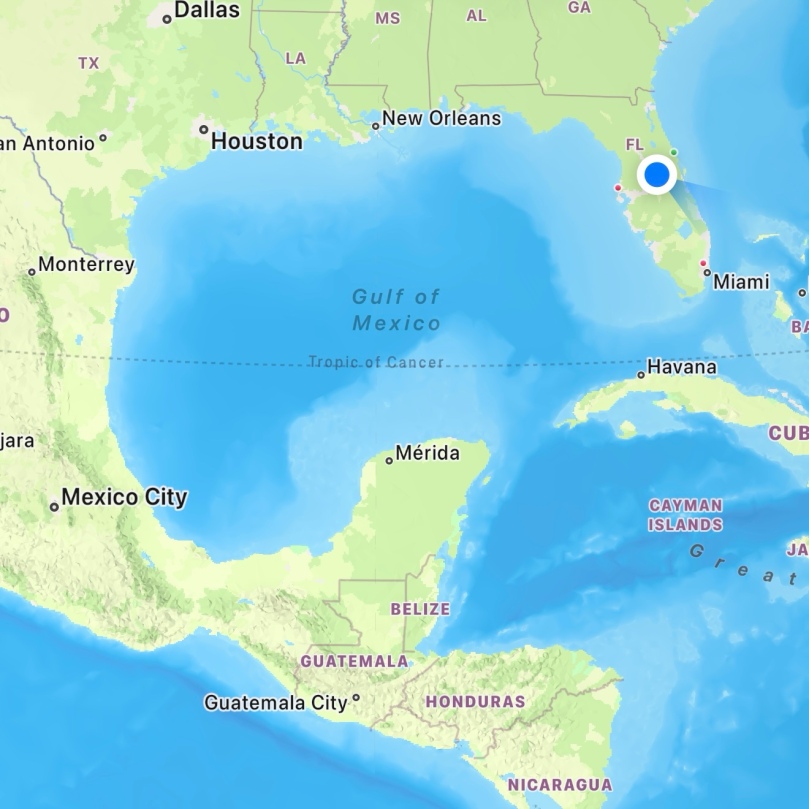
Zoom in just a little tighter and Gulf of America appears. Zoom out like this and it’s back to Gulf of Mexico. And I think this is a feature, not a bug. Unlike Google, who will always show Gulf of America no mater where you are in the world, Apple seems to be a little more clever in how they’re showing this. I can’t really use VPN to fake out Apple maps because it’s using my location information to serve up the map data for my location. Which is that big blue dot over Florida.
I wish that big blue dot where somewhere else in the world right now.

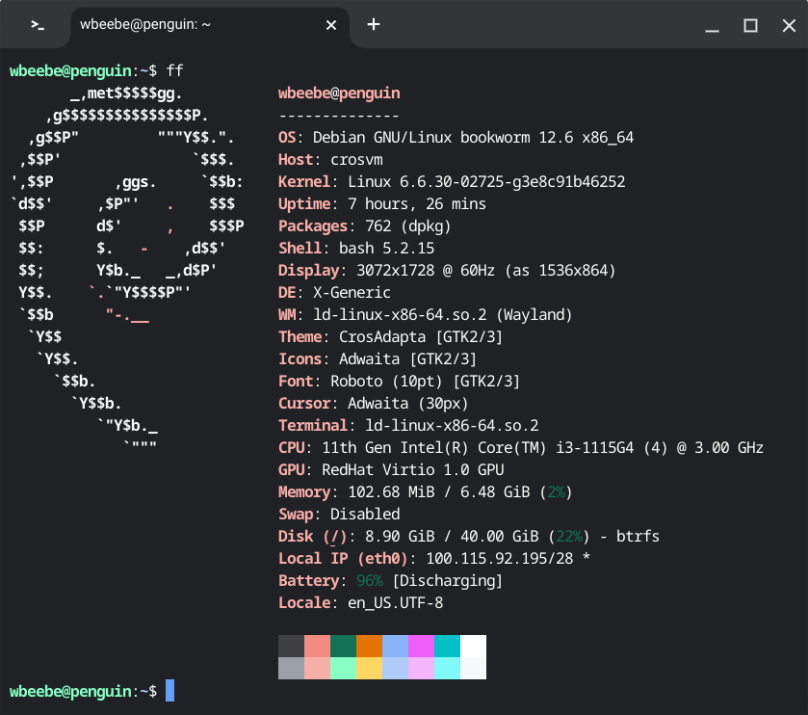
You must be logged in to post a comment.